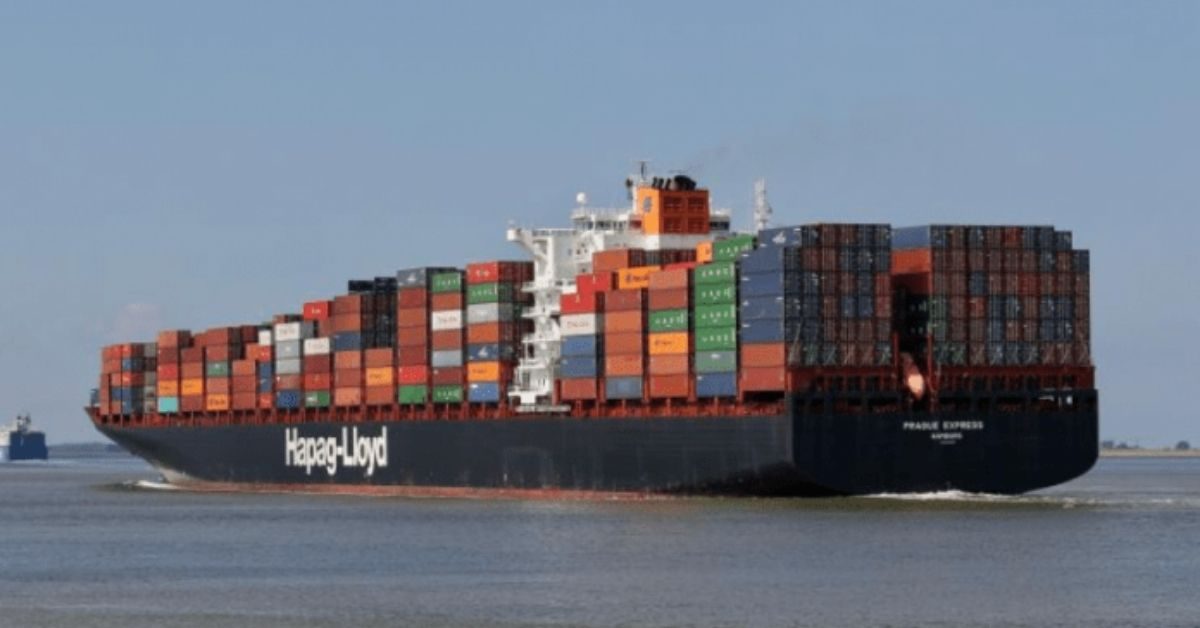“The sharp increase in demand has led to a shortage of containers across the world. Severe imbalances — such as with exports from Asia but also owing to congestion in ports and delays in hinterland transports — are causing containers to be tied up in transit for considerably longer periods of time. More boxes are currently needed overall to manage the same transport volume,” Hapag-Lloyd said in its announcement Wednesday.
Just last month Hapag-Lloyd said it had ordered 150,000 TEUs of standard and refrigerated containers from a Chinese manufacturer to be delivered this year. The majority of the containers are expected to be delivered in the third quarter.
CEO Rolf Habben Jansen was quoted in Wednesday’s announcement as saying that “demand continues to be very high and the supply of container equipment is currently one of our industry’s biggest challenges and demands our full attention. To counteract the container shortage — but most importantly to offer our customers a better service — we have repeatedly invested in our container fleet since the beginning of the pandemic.”
Lack of containers and slow turn times are particularly apparent during U.S. import surges. That shortage becomes much more than a blip on a FreightWaves SONAR chart when the import surge is as long-lasting as the one U.S. ports have been experiencing since Chinese factories reopened after COVID-19-forced lockdowns last year and U.S. consumers turned to e-commerce in droves.
U.S. ports’ exports of empty containers have skyrocketed as part of an industry effort to get boxes back to Asia as quickly as possible to be refilled and shipped out again. At the Port of New York and New Jersey, for example, the number of exported empties in March leapt 77.5% year-over-year.
The port said those 267,542 TEUs of exported empties reflected “the need to reposition empty containers around the globe to provide the equipment necessary to support the strong cargo demand.”
During Hapag-Lloyd’s Q1 earnings call earlier this month, Habben Jansen said regarding greater container use, “it takes 20% more days to get a container back. That means in reality we need 20% more boxes to carry the same amount of cargo. And we also see voyage delays on average have tripled in the first quarter compared to a year ago for every single ship. So what have we done? We did charter some additional vessels. We also deployed extra loaders” and ordered 150,000 TEUs of additional container capacity.
Hapag-Lloyd did not say in Wednesday’s announcement how much it was paying for the 60,000 TEUs. But in the news of its 150,000-TEU order last month, Hapag-Lloyd said that price tag was about $550 million. If the per-TEU cost has held steady, that would put the cost of this order at close to $220 million.
Three Chinese companies — China International Marine Containers, Dong Fang International Containers and CXIC Group — produce about 80% of the containers used around the globe. American Shipper Senior Editor Greg Miller reported that while production is up sharply, with estimates for 6% to 8% growth in container capacity this year, boxes still are not being built fast enough to ease the worldwide shortage.
Source : Freight Waves






